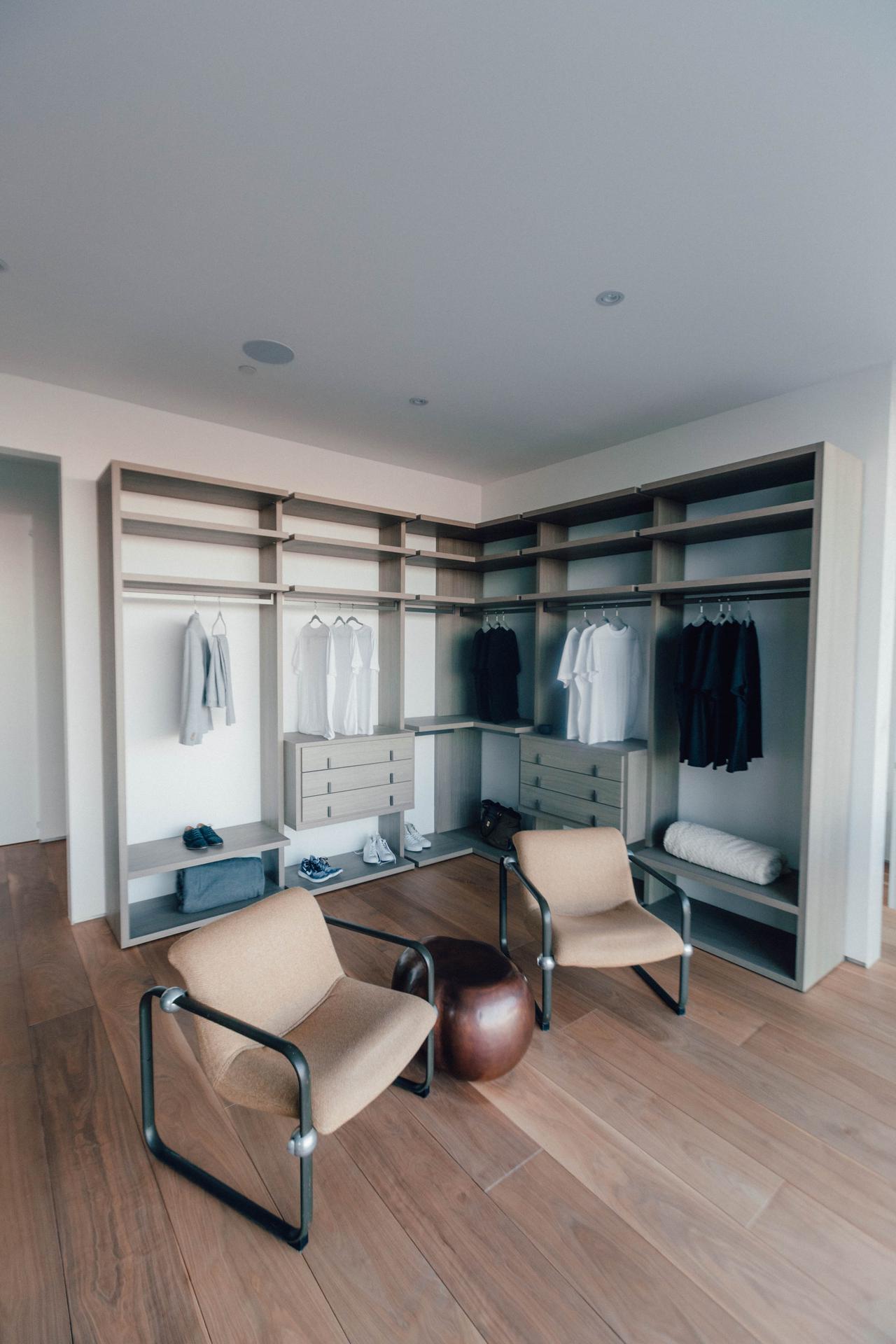When the new year rolls around, it’s normal for people to want their homes neat and tidy. But can you say the same about your closet?
An organized wardrobe ensures that you can find what you need when you need it, and gives you peace of mind when you get dressed for an occasion.
Here’s the closet organization process I follow for all of my clients. Before you get started, make sure to commit a minimum of two to three hours to this process, as this will not be something that will take only 20 minutes.
1. Empty out and clean your closet
You’ll want to start with a clean slate, so first take everything out of the closet. This makes it easier to dust, vacuum, mop, and even paint your closet if you’re planning on doing a whole renovation.
Remove any items that have no business in your closet — things like bank statements, tax documents, or Christmas decorations have no place next to your shoes, bags, and clothing.
Consider investing in a few things:
- A quality, bright light: If your closet is dark, you won’t want to go in there
- Quality matching hangers to ensure your closet looks uniform and neat (I recommend these because they have a variety of options and the jacket hangers won’t ruin the shoulders)
- A full-length mirror to see your entire outfit
2. Edit your wardrobe
Separate your clothes into five categories:
- Keep
- Repair
- Consign
- Donate
- Toss
Consign any name brand clothing, shoes, or accessories that are in good shape. Donate any “gently used” items to your local Goodwill or thrift store. Throw out any clothing that is stained beyond repair, ripped, hopelessly out of style, or too embarrassing to donate.
Some people fear decluttering because they “might need it one day” or it “used to fit.” However, there’s no point in spending your time organizing clothes you’ll never wear.
But if you’re having a hard time, create an additional “maybe” pile. Put these clothes into a bin and revisit them one, three, or even six months later. If you forgot about these items or never thought about wearing them, you can donate or consign them with confidence.
3. Organize your closet
(If you have any clothes that are out for alterations or repair, you may want to wait until they’re ready for pickup before starting this step.)
Now that you’ve gotten rid of all the clothes you won’t need, you’ll want to put everything back into your newly-cleaned closet space. Sort your clothes into categories and hang them in separate spaces in your closet.
Consider storage methods for seasonal clothes that won’t be making an appearance for months. Where you’ll put them will depend on your space situation, but options include garment bags in the attic or Rubbermaid plastic tubs tucked under the bed or in a separate seasonal closet area.
4. Maintain your newly-organized closet
Now that your closet is fully organized, you’ll want to spend about five or 10 minutes every week to tidy up your clothes and accessories from the previous week. This ensures that you keep your closet looking just the way it did when you first organized it.
Tackle the full reorganization process twice a year, using a schedule that follows the seasons or specific dates (on New Year’s Day and the first weekend of June, for example). If you can’t find an important piece of clothing, that’s a good sign that you need to reorganize your closet.
Book your online consultation with LaVaughn Michelle today
Closet organization can be a long but rewarding process. However, if you have a busy schedule or need an expert’s assistance with organizing your closet, I’m here to help.
Enlist my services to help you get organized for the New Year — with minimal effort on your part. If you’re interested in learning more, send me a message through the contact form on my website.
